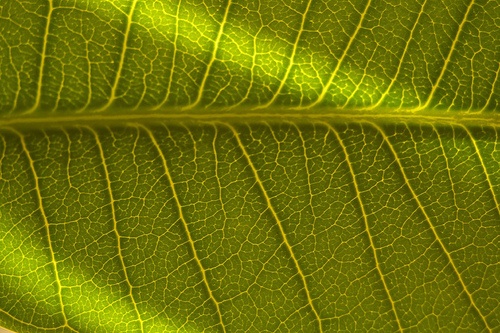All great inventions have sought to mimic nature, whether their creators realized it at the time or not. From aircraft that fly among the birds, to mirrors that reflect images as only a still pond once could, to semiconductors that mimic intelligence, to the skyscrapers that rise to the sky like magnificent glass and metal trees. Those who tune in to nature and allow it to speak to them have an abundance of knowledge not available to others.
For those of us living in Hawaiʻi, we know that turning to the powerful and inspirational source of nature will often generate the most creative and successful solutions to even the most difficult problems.
Biomimicry
One aspect of nature humans have been trying to mimic for quite some time now (albeit unsuccessfully on a global scale) is its limitless abundance of energy. Since the age of industry, the resounding question has been, “how do we harness this energy to fulfill the unrelenting demands of our modern day needs?” If we borrow a page from nature, particularly plants, the answer becomes evident.
Plants derive their growth from processing the divine energy of the sun. They transmute sunlight into energy through the natural process of photosynthesis. Decades ago, an incredibly tuned-in individual realized this could be replicated, and gave birth to the idea of the first photovoltaic panel. A photovoltaic panel is fundamentally the best attempt at producing a synthetic plant: It converts the sun’s direct energy into electricity, just as the plumeria tree converts sunshine into fiber, leaves and fragrant flowers. Although photovoltaic panels are effective at converting some of the sun’s energy, they are inefficient at fully capturing all of the potential energy that falls upon their surface every day.
A New Approach to Solar Energy
One Hawaiʻi entrepreneur, Darren Kimura, has taken the concept of artificial photosynthesis one step further, in a technology he calls Micro Concentrating Solar Power, or MicroCSP™. His company, Sopogy, Inc., simplifies power generation with cheap metal, a few mirrors and a tube filled with an organic heat transfer fluid. “Nature is the ultimate industrial designer,” Kimura says.”We simply copied the best parts from her collective works and incorporated them into the MicroCSP™ technology form.”
Sopogy’s™ Unique MicroCSP™ SopoNova™ design allows for maximum exposure to the sun
Sopogy gets its name from the words “solar,” “power” and “technology.” Its MicroCSP™ collectors are in use around the globe, including the Middle East, Europe and Asia. Kimura’s collectors mimic the way plants convert energy in nature. Kimura’s patented process extracts solar energy by heating an organic solution (usually mineral oil.) The vapor is then used to spin a turbine and generate electricity. The design is based on a metal parabolic U-shaped trough, similar to the broad leaf of a plant. The “working fluid” is like the stem and root system of a plant, a literal “power plant!”
Sopogy’s design also includes the “phototropic” ability to follow the sun across the sky throughout the day, the way many plants do on earth. The result is an effective and efficient energy production unit in a highly scalable form, just 12 feet long by 5 feet wide, ideal for distributed energy applications.
Cooling Power for Southern California Gas Company
This summer, Sopogy announced an agreement with Southern California Gas Company to produce more than 10 tons of cooling power in an air-cooling unit that will generate significantly lower costs and emissions than a typical air conditioning system. “It isn’t obvious that solar thermal energy can be used to create air conditioning, but the efficiencies in doing so are incredible and the system displaces the burning of a significant amount of fossil fuels,” said Kimura.
Kimura is an example of a Hawaiʻi-based executive who continues to be inspired by nature. What better reservoir of inspiration than the system to which we are all intrinsically interconnected? Nature shares her lessons freely. If we could just listen, we might also learn how to make things less complicated than they need to be. From humble beginnings on the Big Island to commercial sites throughout the world, Sopogy is an example of how simplicity, inspired by nature, can help improve the quality of life and protect our planet for future generations to come.
@sopogy, @alleyesonhawaii

